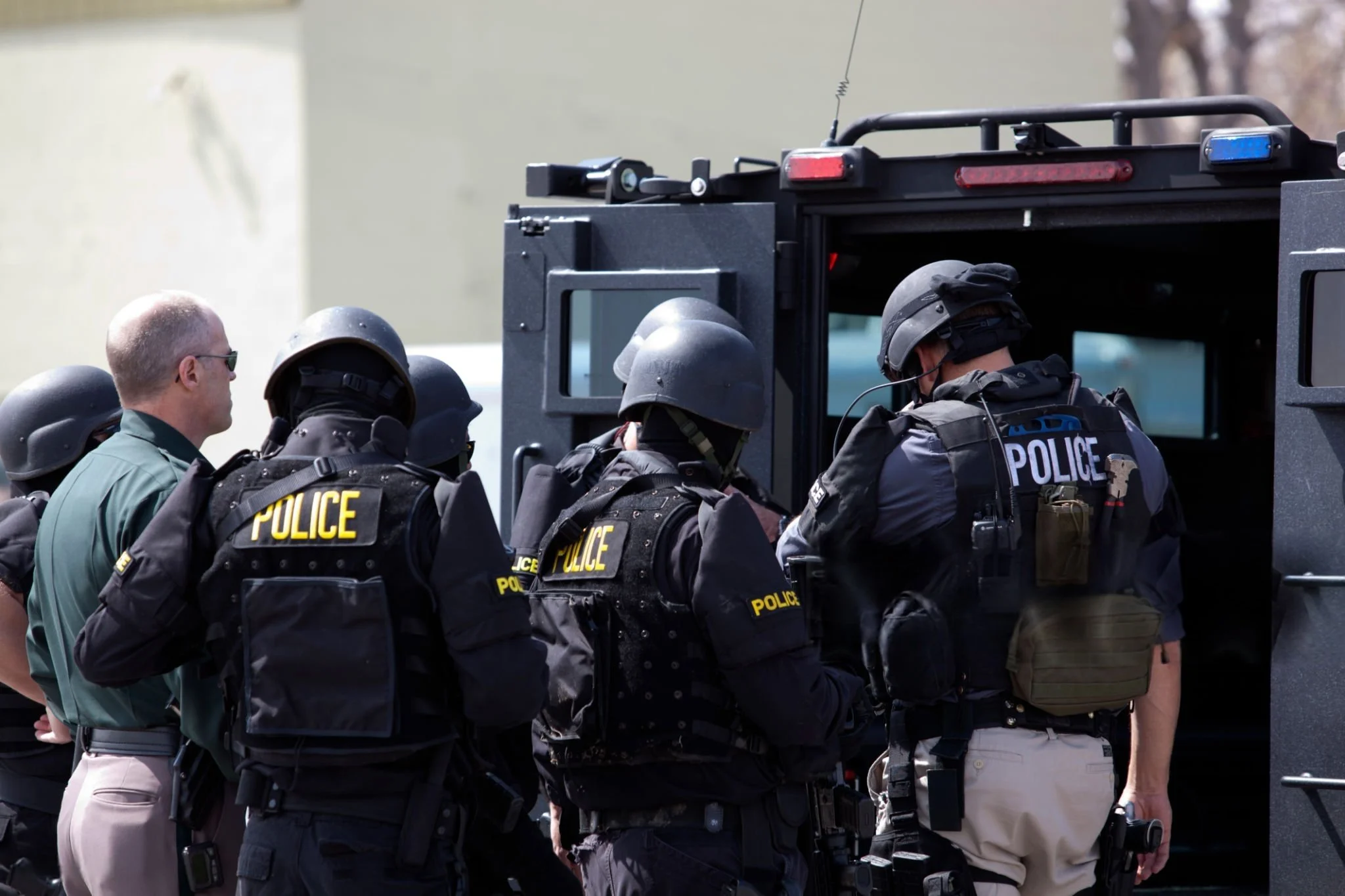
Real world
Application & data
Columbine’s Lasting Impact
From Time, May 1999 (via AP):
“Students kept giving the police specific directions to the room, but there was so much confusion, and the time just kept passing. Via phone, Sanders was told it would be another 10 to 15 minutes before help would arrive.
“It’s too long,’ he responded.”
Uvalde, Texas: A National Wake-Up Call
In May 2022, a gunman killed 21 people at Robb Elementary School while more than 380 law enforcement officers were positioned in and around the school—some even in the hallway—for a staggering 77 minutes before the suspect was apprehended.
“We didn’t know where the shooter was.“
“We didn’t know the layout of the school.”
— Law enforcement official [AP News]
The outcome was shaped not by a lack of courage—but by a lack of coordination, visibility, and real-time information. With NXST, that information and those resources are no longer out of reach.
The outcome was shaped not by a lack of courage—but by a lack of coordination, visibility, and real-time information. With NXST, that information and those resources are no longer out of reach.

NXST Blind Study: Field-Proven Impact
Scenario Two: Shield Plus Deployed
In the second scenario, the same team of officers used NXST’s Shield Plus technology. They were given access to a 3D map of the facility embedded with Vpins—virtual indicators showing exits, blind spots, and triage zones—and live feeds from the building’s internal camera system.
Time to locate the suspect: 1 minute, 20 seconds
Total response time to neutralize the suspect: 6 minutes, 37 seconds
Casualties: 0 officers, 1 civilian (injured during initial engagement)
This time, officers coordinated quickly, used live video to confirm suspect movement, and executed a multi-angle response that led to a clean, rapid resolution. The mission was considered a complete success.
Key Differences Observed
Response Time Improved by 73%
Situational Awareness improved through 3D orientation and camera visibility
Officer confidence increased, based on verbal debriefs and real-time feedback
Zero responder fatalities in Shield Plus deployment
Implications for Real-World Deployment
The simulation revealed what national data already suggests: time lost equals lives lost. When responders have access to real-time building intelligence, they act faster, more accurately, and with greater coordination. NXST doesn’t replace experience—it multiplies its effectiveness.
This study affirms NXST’s mission to modernize public safety infrastructure and gives clear evidence of what’s possible when first responders are given the tools they truly need.
In a live, blind active-shooter simulation, NXST tested its Shield and Shield Plus technologies against traditional emergency response methods. The goal was simple: measure how enhanced situational awareness affects officer performance, casualty rates, and response times in high-stress environments.
When Seconds Matter, Visibility Saves Lives
Scenario One: Traditional Methods
Officers were deployed using standard tools—radio communication, verbal floorplan briefings, and printed 2D schematics. They had no access to live visuals or digital building models. The outcome was both sobering and familiar:
Time to locate the suspect: 14 minutes, 35 seconds
Total response time until final officer neutralized: 24 minutes, 52 seconds
Casualties: 8 officers, 6 civilians, 1 hostage, and the suspect remained active at the end of the simulation
The mission was considered a failure. Officers struggled to locate the assailant, lacked building familiarity, and experienced communication breakdowns. The simulation was halted only after all responders had been “eliminated.”


